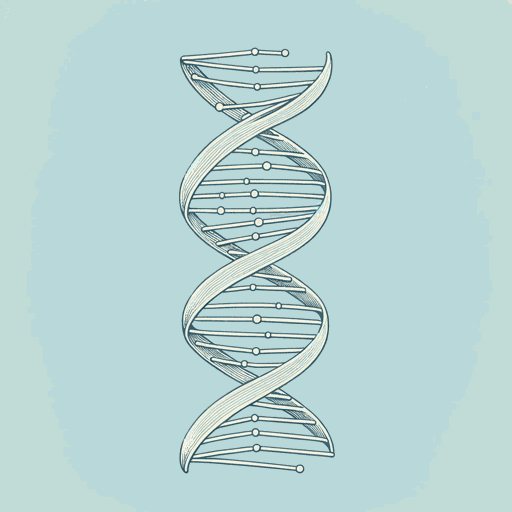84 pages • 2 hours read
James D. WatsonThe Double Helix
Nonfiction | Book | Adult | Published in 1968A modern alternative to SparkNotes and CliffsNotes, SuperSummary offers high-quality Study Guides with detailed chapter summaries and analysis of major themes, characters, and more.
Chapters 13-16Chapter Summaries & Analyses
Chapter 13 Summary
Wilkins, Franklin and company arrive at the Cavendish to see the proposed solution, but things don’t go well.
Crick and Watson explain their position, but Wilkins isn’t convinced by Crick’s helical mathematics, claiming a colleague had already worked out something similar, with less fanfare. More to the point, Franklin asserts there isn’t a shred of evidence that DNA is helical. Only further experimental work can yield answers.
From their perspective, “nothing in Francis’s argument justified all this fuss” (68). Worse still, Franklin points out fundamental problems with the assumption that magnesium ions bind the phosphate group. It becomes apparent that Watson’s recollection about the quantity of water in her DNA samples is wrong. The correct structure would need 10 times more water, and this alarmingly increased the number of possible structures: “there was no escaping the conclusion that our argument was soft” (69).
The balance of power shifts firmly to Wilkins and Franklin. Watson had hoped they could at least agree on a shared approach going forward, but Franklin states her own work would be unaffected by anything they’ve seen here, and Wilkins isn’t much more enthused.
Further efforts to convince them after lunch prove futile.

